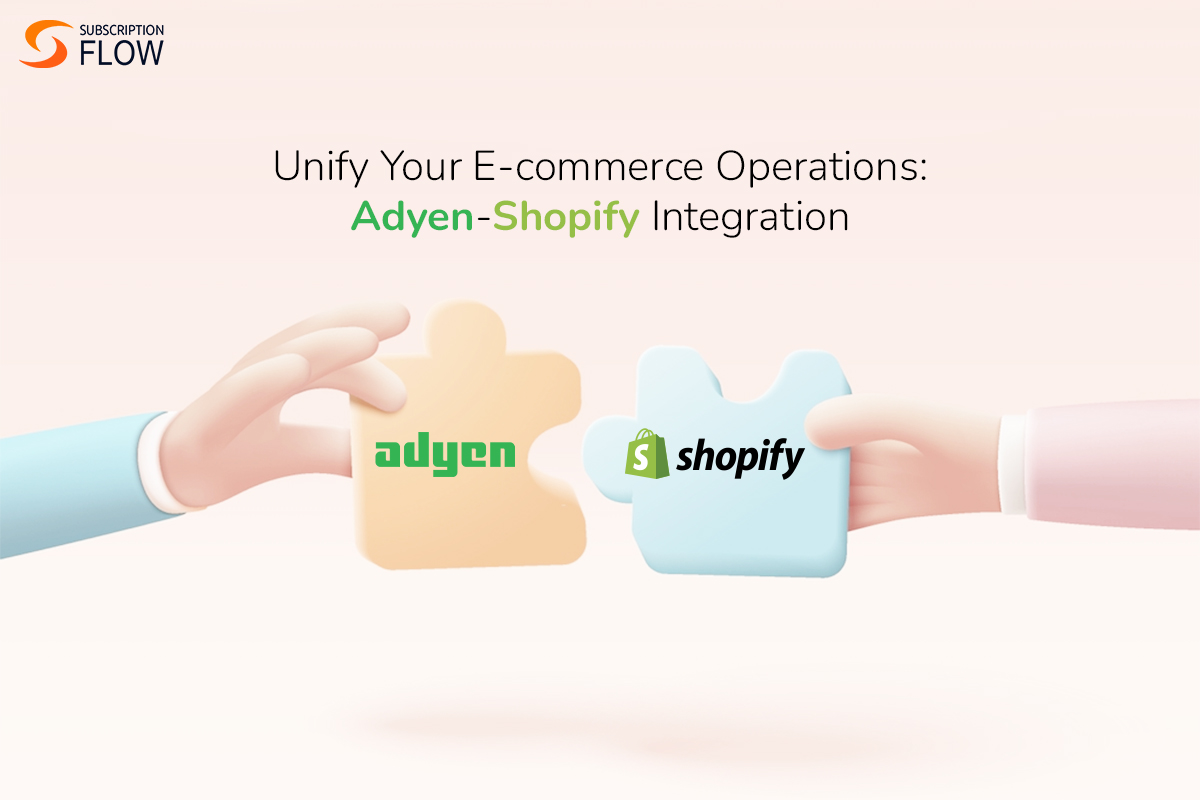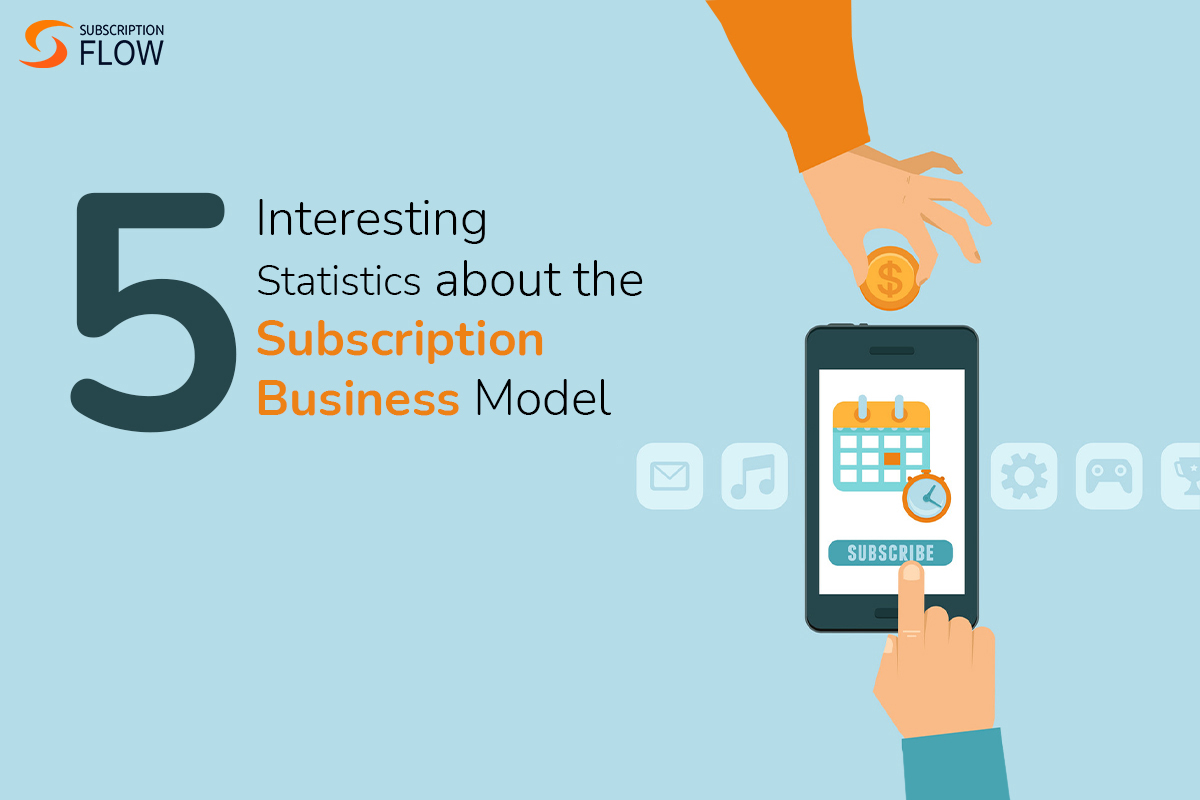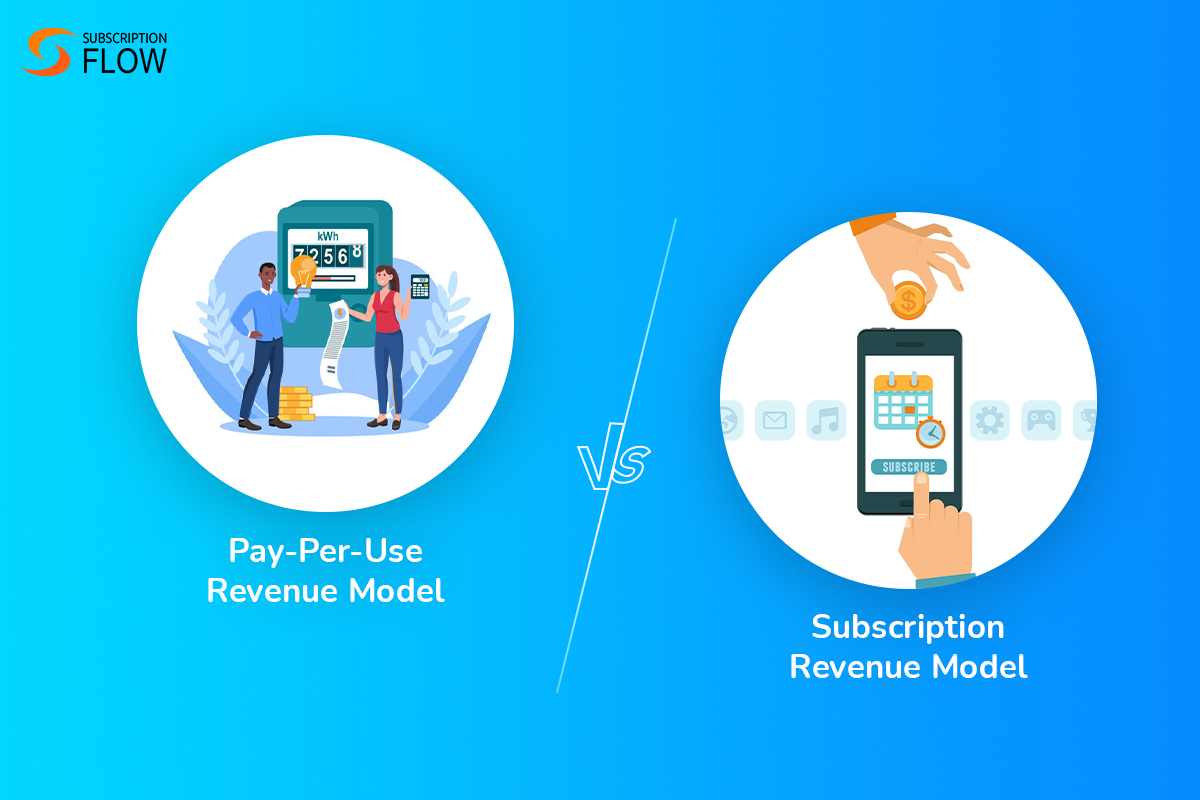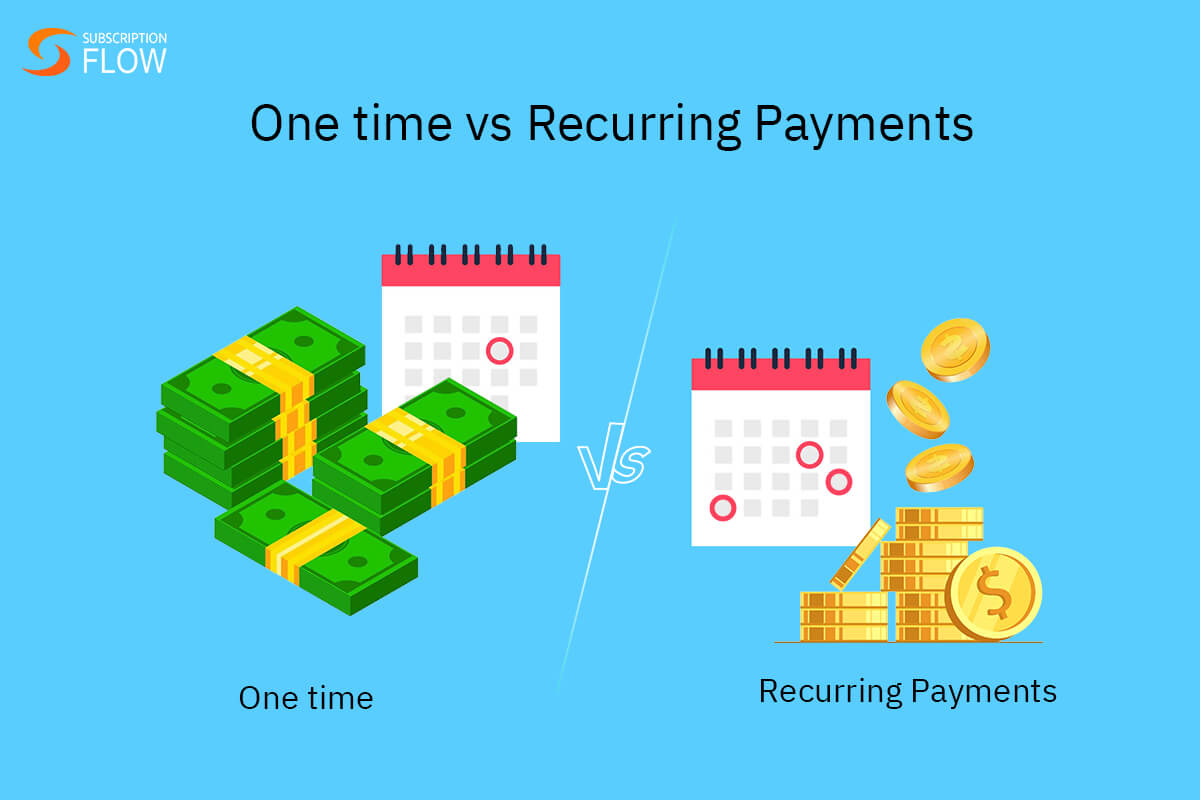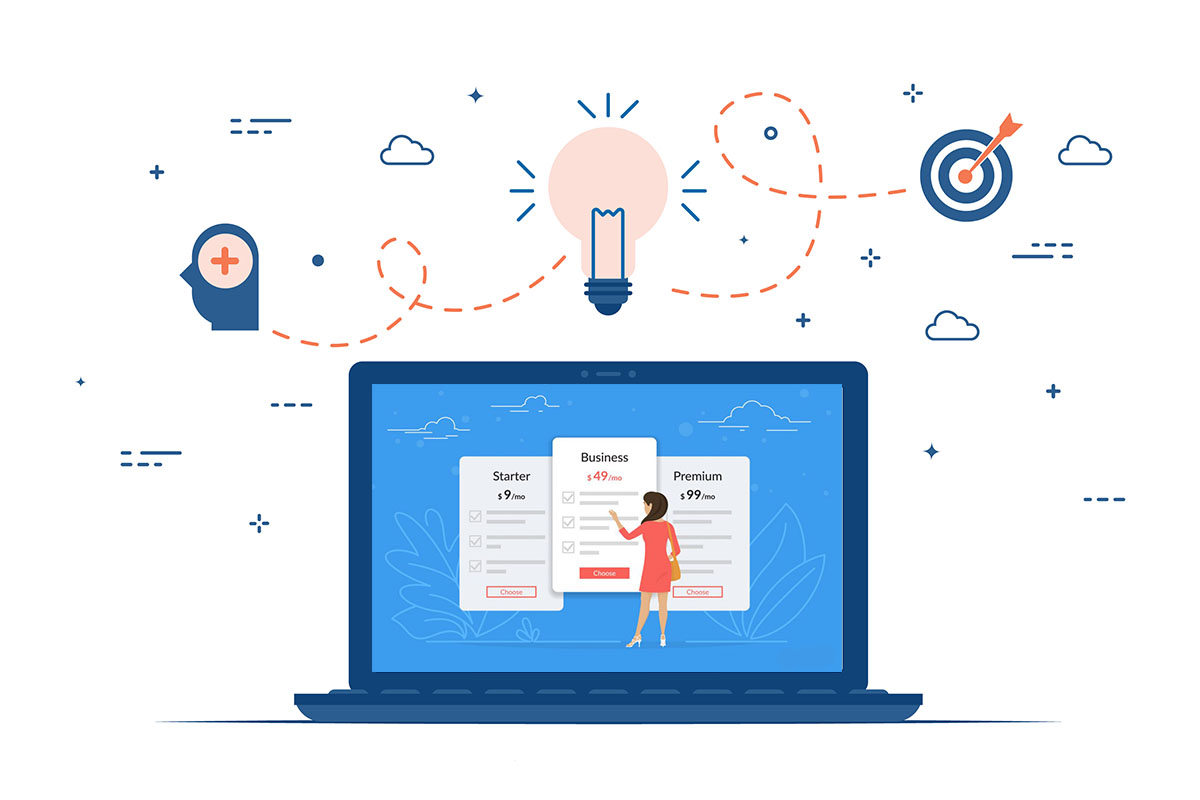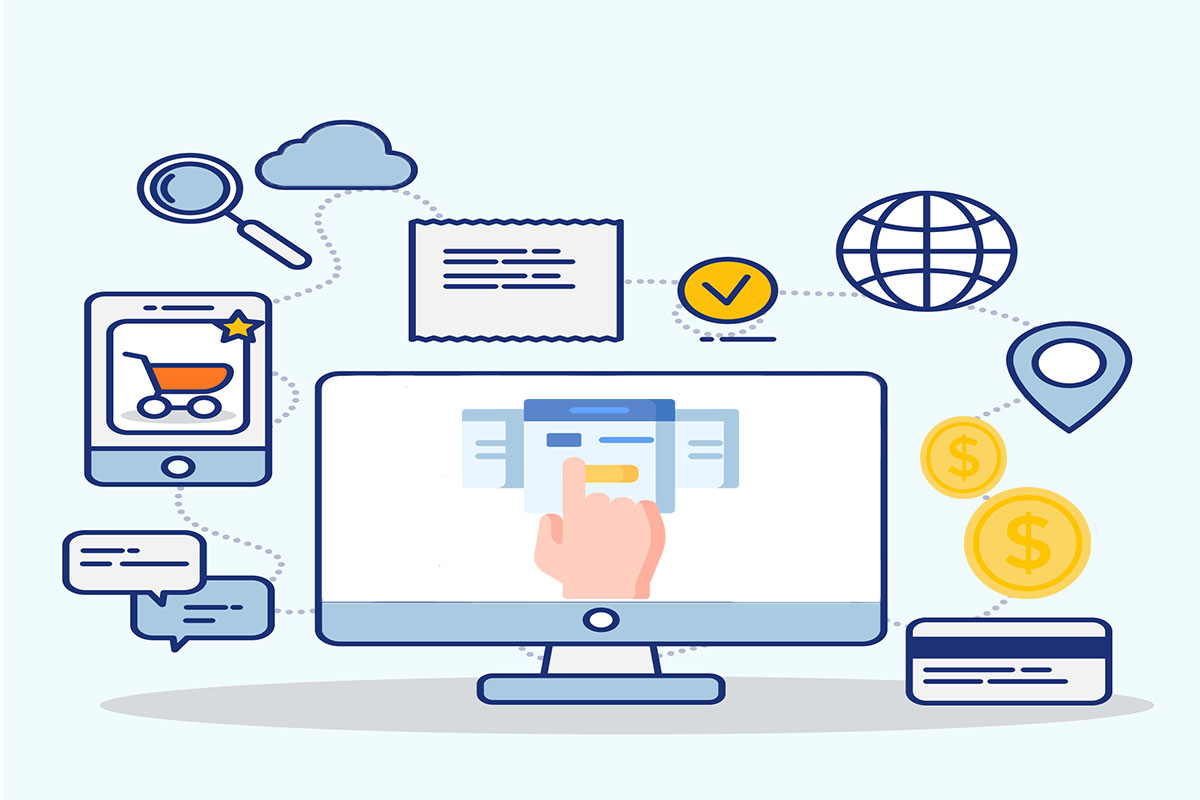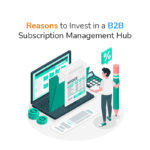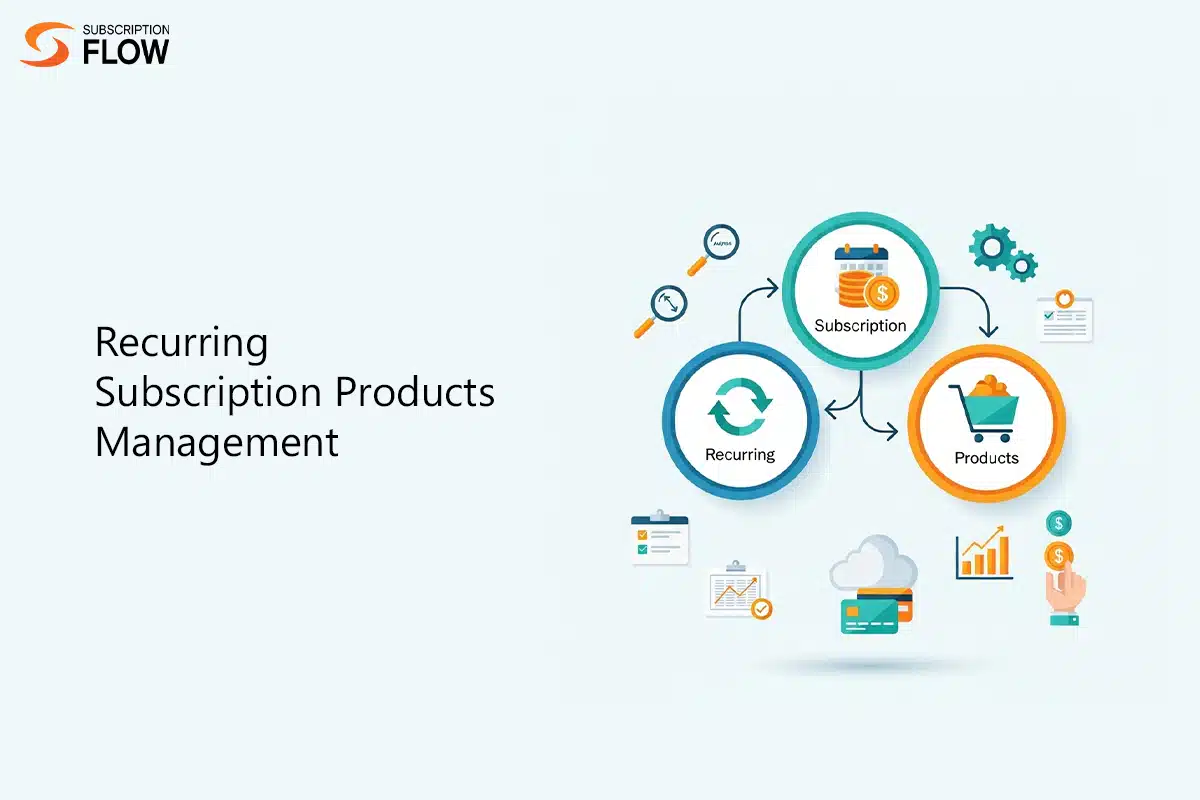
What Recurring Subscription Products Mean & How to Manage Them the Right Way
From groceries to gym memberships to digital streaming services—everything is rapidly becoming subscription based. Recurring subscription products are rising in popularity because of how they make consumer access easy. Instead of paying a huge sum for owning a product for lifetime, customers now prefer using it as a service.
This has shifted market trends in favor of subscriptions, encouraging businesses from virtually every industry to offer subscription services. With subscription products becoming such a huge part of customers’ everyday life, the need to manage them effectively stands out even more. Effective management is critical to retain customers for a lifetime.
So let’s explore how recurring subscription products can be managed the best, for maximum financial gains.
What are Recurring Subscription Products?
Any product that is offered to consumers on a subscription-basis is known as a recurring subscription product. By recurring, it means following a specific subscription cadence/schedule. There are many cadences offered by subscription businesses. The most popular are weekly, monthly, and yearly.
If customers opt for a monthly subscription, their product is delivered to them on a monthly basis. Product here refers to any physical or digital offering sold as subscription. In case of physical goods, parcels are packed and delivered according to the customer’s chosen subscription schedule.
In case of digital services, their access is given to customers online. Music streaming, online education, SaaS, and digital memberships are some examples that fall into this category. SaaS (Software-as-a-Service) has especially gained immense popularity due to its easily accessible-via-subscription nature.
In the past, software used to be sold as a one-time product. A software’s entire infrastructure was downloaded on a single device, and could be accessed from there only. It not only restricted access, but also made updating the software a challenge. That is because after it was sold, it lost its necessary connection with the selling business. That’s why it was more prone to bugs too.
Now, SaaS is subscription-based, meaning, software can be accessed through cloud by anyone having internet connection. This has made software usage more convenient, cheaper, and flexible for both individual consumers and business clients alike.
Why are Businesses Shifting Toward Recurring Models?
Subscription products are recurring because they are continuously delivered to the customers. In exchange for continuous delivery, they demand recurring customer payments. Today, there are a lot of recurring payment models that businesses employ. The most popular are:
- Fixed-Rate Billing: Charges customers fixed amounts on a regular basis.
- Tiered Pricing: Offers customers multiple subscription tiers to choose from. Each tier has different product features and prices.
- Volume Pricing: Offers customers discounted prices once they buy more than a certain quantity of products.
- Usage-Based Pricing: Calculates charges based on the customer’s usage of a service.
- Hybrid Billing: Combines different pricing models such as fixed-rate and volume pricing together.
Subscription businesses derive a lot more value from these recurring payment models as compared to one-time sales. These are some reasons why businesses favor recurring billing:
1. Predictable Revenue
Recurring billing opens up numerous revenue streams for businesses. The more customers a subscription business has, the more revenue streams it benefits from. Customers subscribing to recurring products pay on a regular basis, according to their billing cadence.
This means that payments follow a fixed schedule, making them more well-patterned and predictable. Businesses gain a lot from this predictability. They can improve their financial planning, and cover their operational costs better.
Moreover, they generate revenue continuously. As long as they retain their subscribers, their cash flows continue to expand. One-time sales, on the other hand, don’t facilitate such expansion.
2. Better Inventory Management
This advantage is for companies dealing with physical product subscriptions. Since recurring orders follow a set pattern, a company can know when its next batch of orders is due, and how many products are needed in that. This knowledge helps in simplifying inventory management.
3. Higher Customer Retention
Customers can stay with a subscription business for prolonged time periods. That’s because they can keep on renewing their subscription if they perceive it as valuable. Unlike in one-time sales, customers are sources of recurring revenue.
That’s why retaining them is the most important thing to do. The longer a customer stays committed to a business, the higher their lifetime value, and the more stable the business’s revenue.
4. Easier Service Optimization
In most recurring models, payments are required upfront. By receiving upfront payments, businesses can establish reliable financial reserves, and allocate funds to research and service improvement.
Customers are another important factor that helps enhance a subscription service. They are a rich source of feedback. And since they stay connected with the business during subscription, their suggestions and activity in general gives the business important insights into its performance.
What are the Major Components of Managing Recurring Subscription Products?
We learned about why recurring subscription products matter. Let’s now look at what goes into managing them. So here are the major components of subscription management that a business must work on:
- Billing Cycle Frequency
Setting up the right billing frequency is important as that impacts customers’ payment experience. Most businesses prefer monthly billing as that strikes a balance between weekly (which might feel like too often) and yearly billing (might feel like too far away).
However, each service’s billing frequency really depends upon its nature and its target audience. Most B2B SaaS companies offer annual subscription cycles as that resonate with their audience the most.
- Subscription Plans & Bundles
Subscription plans are set up to market products or services. They clearly inform customers about the product’s value, its corresponding charges, and billing schedule. Products can also be arranged in bundles and sold like that. These bundles can be physical, like subscription boxes, or digital, like a bunch of e-books sold together.
- Invoicing & Payment Processing
Generating invoices for customers, and processing their payments on a recurring basis are core tasks of subscription businesses. Their revenue flows depend upon these processes. After all, customers have to be billed for their subscriptions to renew. Therefore, these processes must be seamless, so that renewals are also streamlined.
- Trial Periods
Businesses offer trial periods to give users a taste of their services that encourages them to subscribe. There can be various trial types, such as free, paid, and freemium.
- Proration for Mid-Cycle Changes
Subscriptions must always be flexible, so that customers can switch between plans, or cancel with ease. When customers make such changes to their subscription midway, i.e. before the completion of their current cycle, their charges are prorated. To ensure error-free proration, businesses must take the help of smart billing software.
- Inventory Management
This is a key subscription management component for businesses dealing with physical products. They need to ensure that they have optimal stock levels for their upcoming shipments.
- Self-Service Portals
Businesses don’t need to do all the management on their own. They should leave some tasks for their customers. Customers can be given access to self-service portals where they can carry out basic account management tasks. For instance, they can update their name, subscription plan, payment method, etc. from there.
Leverage SubscriptionFlow Powered Subscription Management
SubscriptionFlow enables businesses to handle their recurring subscription products gracefully. It provides them with automation, accurate billing, customer portals and a lot more. Let’s take a quick glance at what SubscriptionFlow has to offer:
- Automated Billing
Implement billing that takes care of itself. Invoice, process payments, manage refunds, prorate charges, and renew customers effortlessly.
- Payment Retry Mechanism
Retry failed payments to avoid revenue from leaking. Couple retry attempts with payment reminders and dunning emails to speed up revenue recovery.
- Subscription Analytics and Reports
Through SubscriptionFlow’s dashboards, view customer activity, revenue trends, most and least popular products, churn rate, and a lot more. Generate detailed reports based on each analytic.
- Comprehensive Integrations Network
Integrate with CRMs, accounting platforms, email marketing tools, and any other software required to enhance your operations. Build your own customized tech-stack.
- Multiple Payment Gateway and Currency Support
Connect with multiple payment gateways, and enable intelligent payment routing. If one gateway fails, re-route payments through the other gateways. Bill customers in their local currency, and make their subscription journey more personalized.
Selling recurring subscription products? Get onboard SubscriptionFlow and automate your subscription management journey to scale faster.


